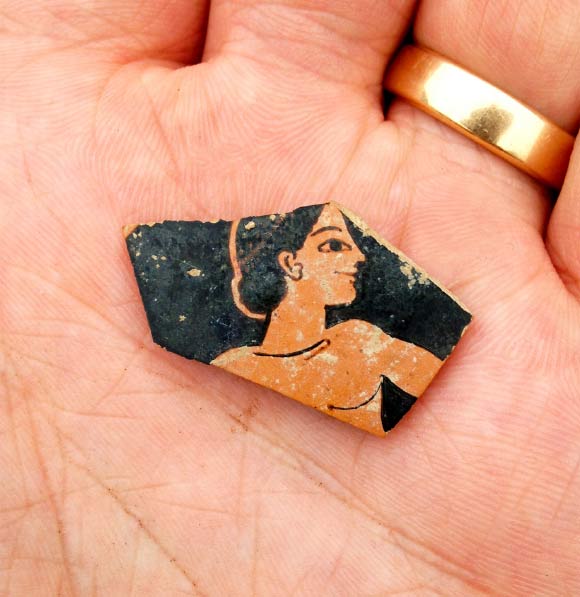The ruins of a previously unknown ancient city at the village of Vlochos, municipality of Palamas, central Greece have been recently discovered.
What used to be considered remains of some irrelevant settlement on a hill can now be upgraded to remains of a city of higher significance than previously thought.
The Strongilovoúni hill is hiding many secrets.

The archaeological remains can be dated to several historical periods and are scattered on and around Strongilovoúni, an isolated hill towering 705 feet (215 m) above the vast plains of Western Thessaly.
Most striking of the visible remains at the site are the well-preserved fortifications, at points still 8 feet (2.5 m) high. Moreover the lower slopes below the hill show clear indications of being the location of an extensive urban settlement, now covered by silt and sediment from the nearby river Enipeas.
Scientists found a town square and a street grid that indicate they are dealing with quite a large city. The area inside the city wall measures over 40 hectares.
The team also found ancient pottery and coins that can help to date the city. The oldest finds are from around 500 BC, but the city seems to have flourished mainly from the 4th to the 3rd century BC before it was abandoned for some reason… Maybe in connection with the Roman conquest of the area?

The Strongilovoúni hill is hiding many secrets… To be updated!











